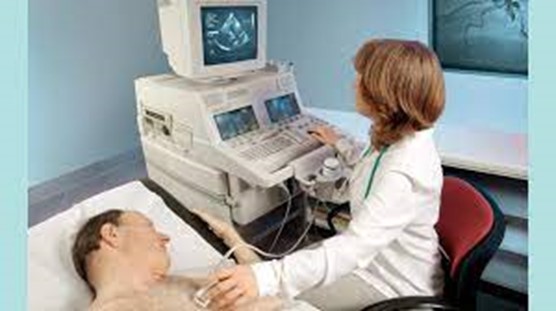Diagnostic Evaluation
- The diagnosis of CHD is based on a combination of history, physical examination, chest Xray, electrocardiogram (ECG), echocardiogram (ECHO), cardiac catheterization, and other tests as indicated
- History: The nurse should obtain information about the prenatal history, family history of CHD or genetic syndromes, maternal infections or illnesses during pregnancy, exposure to drugs or toxins during pregnancy, onset, and duration of symptoms, feeding difficulties, growth patterns, activity tolerance, and medications
- Physical examination: The nurse should assess for signs of heart failure and hypoxia, such as heart rate and rhythm, blood pressure and pulses in all extremities, respiratory rate and effort, oxygen saturation, skin color and temperature, edema, liver size, weight and height percentiles, and developmental milestones
- Chest Xray: This test can show the size and shape of the heart and lungs, and detect any abnormalities such as cardiomegaly or pulmonary edema
- ECG: This test can measure the electrical activity of the heart and detect any arrhythmias or conduction problems
- ECHO: This test uses ultrasound waves to create images of the heart and its structures. It can show the size and function of the chambers and valves, the direction and magnitude of blood flow, and the presence and location of any defects
- Cardiac catheterization: This is an invasive procedure where a catheter is inserted into a blood vessel (usually in the groin) and advanced to the heart. It can measure pressures and oxygen levels in different parts of the heart and vessels, inject contrast dye to visualize any defects or obstructions and perform interventions such as closing defects or dilating stenotic valves

Nursing Test Bank
Naxlex Comprehensive Predictor Exams
Questions on Diagnostic Evaluation
Correct Answer is ["A"]
Explanation
Correct Answer is D
Explanation
Correct Answer is C
Explanation
Correct Answer is C
Explanation
Correct Answer is A
Explanation
Correct Answer is A
Explanation
Correct Answer is A
Explanation
Correct Answer is B
Explanation
Correct Answer is C
Explanation
Correct Answer is A
Explanation
Correct Answer is B
Explanation
Correct Answer is A
Explanation
Correct Answer is C
Explanation
Correct Answer is B
Explanation
Correct Answer is B
Explanation
Correct Answer is C
Explanation
Correct Answer is D
Explanation
Correct Answer is A
Explanation
Correct Answer is C
Explanation
Correct Answer is C
Explanation
Search Here
Related Topics
- Enteral nutrition (EN) - Blood and Cardiovascular Disorders
- Mobility devices: crutches, canes, continuous passive ROM machine. - Blood and Cardiovascular Disorders
- Bandaging - Blood and Cardiovascular Disorders
- IV insertion - Blood and Cardiovascular Disorders
- Immunodefeciency disorders - Blood and Cardiovascular Disorders
More on Nursing
Free Nursing Study Materials
Access to all study guides and practice questions for nursing for free.
- Free Nursing Study Trials
- Free Nursing Video tutorials
- Free Nursing Practice Tests
- Free Exam and Study Modes
- Free Nursing Revision Quizlets
